Let’s be honest – Italy doesn’t need much help in the charm department. But time your visit right, and you’ll discover a calendar packed with festivals that transform already-beautiful cities into absolutely magical spectacles of tradition, gastronomy and unabashed Italian flair. Here’s our IDEAL guide to the cultural celebrations worth planning your Italian adventure around.
Festival of Sant’Agata, Catania (February)
Sicily’s second-largest city Catania hosts one of Italy’s most impressive religious festivals, with up to a million devotees participating in processions, fireworks, and celebrations honouring their patron saint. The sight of thousands of faithful dressed in their traditional black and white garments is simply unforgettable.
The festival lasts three days and nights, with barely a pause – expect to see candle-lit processions at 3am, fireworks at dawn, and continuous feasting on special Sant’Agata pastries (minne di Sant’Agata) shaped to honour the saint. The energy is infectious, with even non-religious visitors getting caught up in the emotional atmosphere. There’s even a refrain of the event in August, for those keen on experiencing the magic of the festival in summer.
Venice Carnival (February into March)
Venice’s legendary Carnival isn’t just a festival; it’s a time-travelling experience that catapults you straight into an 18th-century masquerade ball. For ten days, the floating city becomes even more theatrical than usual (if you can believe it), with elaborate masks, gorgeous period costumes, and mysterious figures gliding through misty alleyways.
The festival’s highlights include the Flight of the Angel, where a costumed performer descends from St Mark’s Campanile on a zip wire, and the Competition for the Most Beautiful Mask, judged in St Mark’s Square.
Pro tip: book a ticket to at least one masked ball – yes, they’re pricey, but dancing in a centuries-old palazzo while wearing a traditional Venetian mask is genuinely bucket-list stuff.
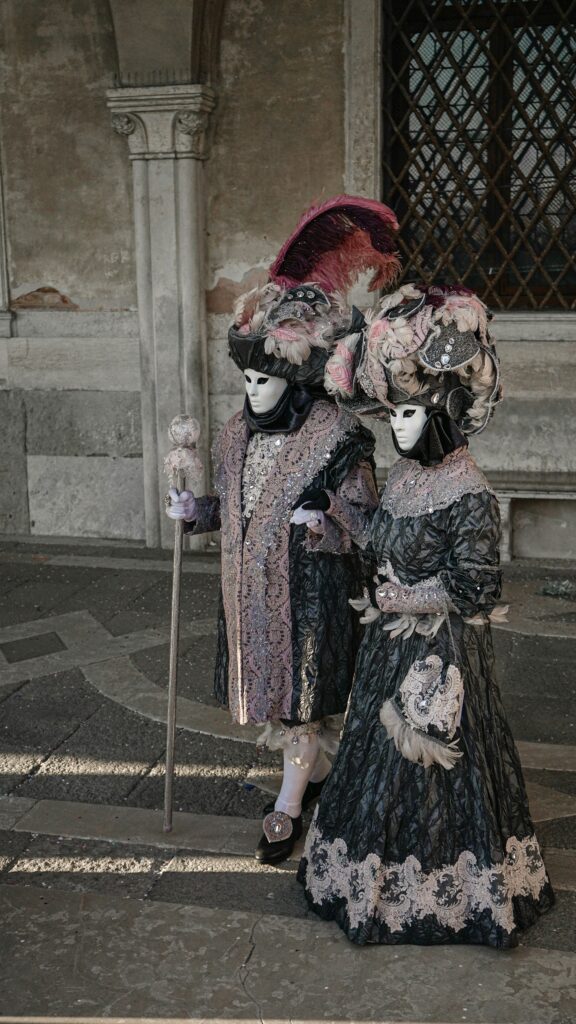
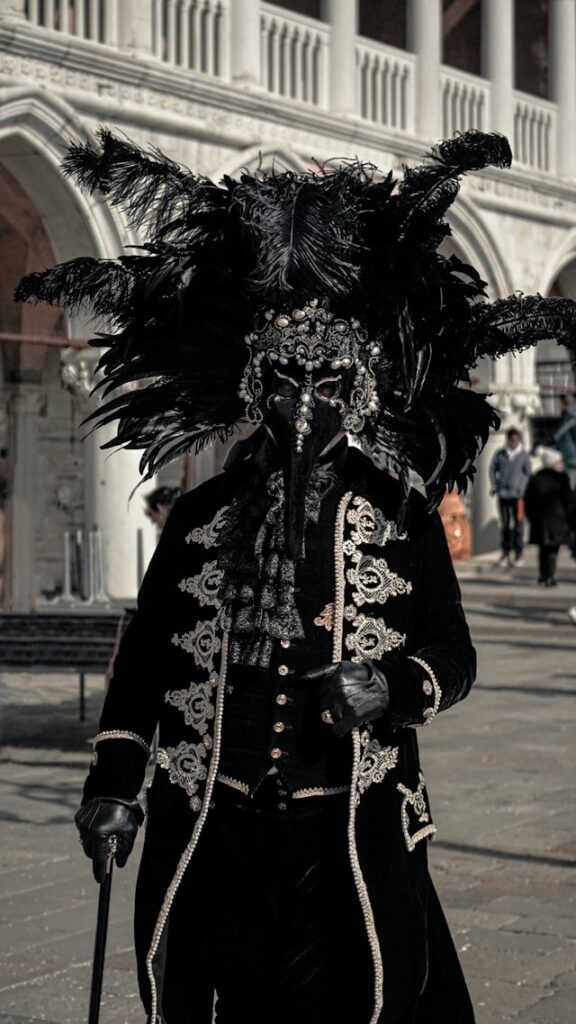

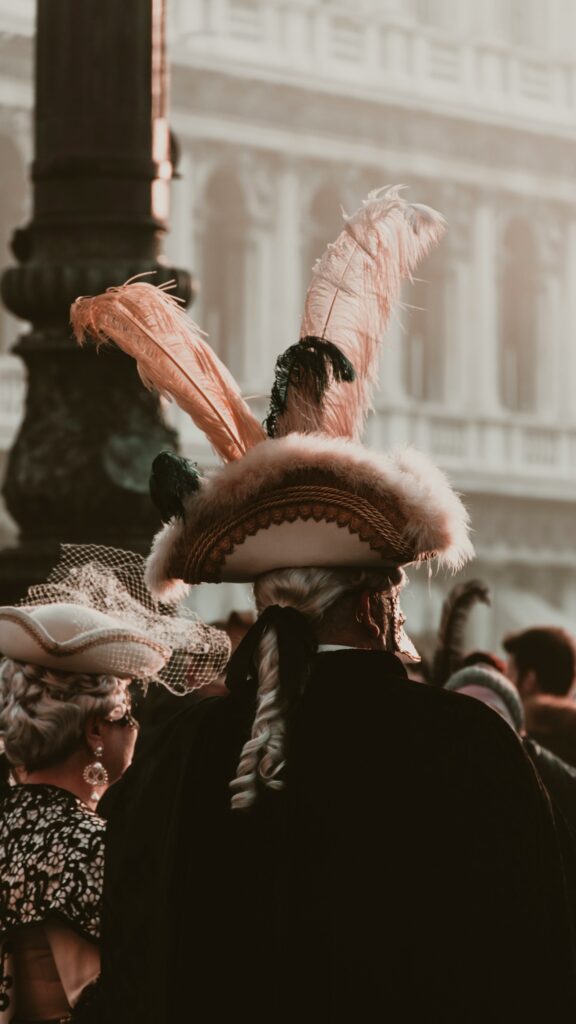
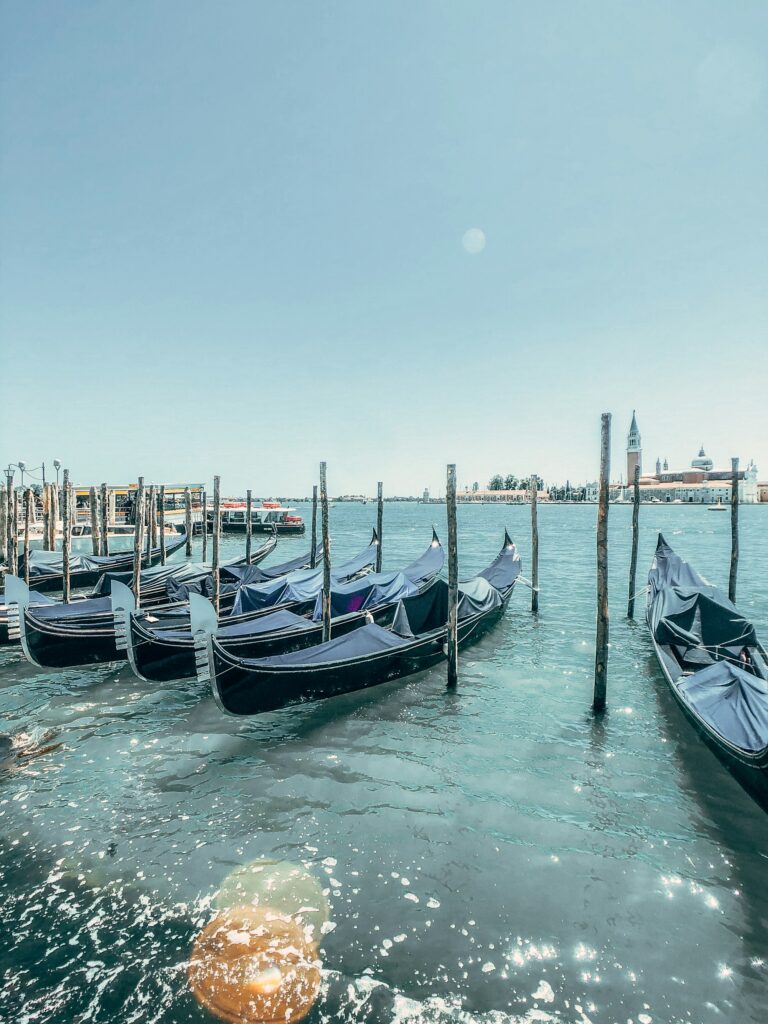
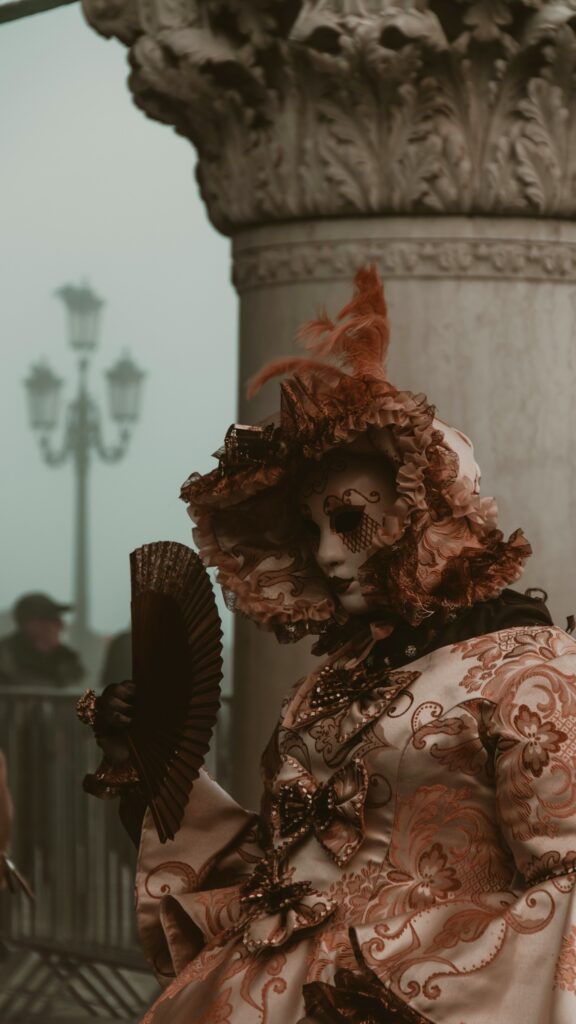
Battle of the Oranges, Ivrea (February)
Forget La Tomatina – Italy’s most bonkers food fight happens in the northern town of Ivrea, where locals pelt each other with over 500,000 kilos of oranges. The three-day battle commemorates a historical rebellion against tyrannical rulers, though we suspect it’s really just an excuse for mass citrus warfare.
Culminating in Fat Thursday on February 15th, don’t forget to wear the official red cap that marks you as a spectator – unless you fancy getting absolutely pelted with fruit! The battle is part of a larger carnival celebration, complete with parades, historical reenactments, and a beautiful ceremony where the Miller’s Daughter (a local girl chosen to represent the heroine of the rebellion) hands out gifts of candy to children.

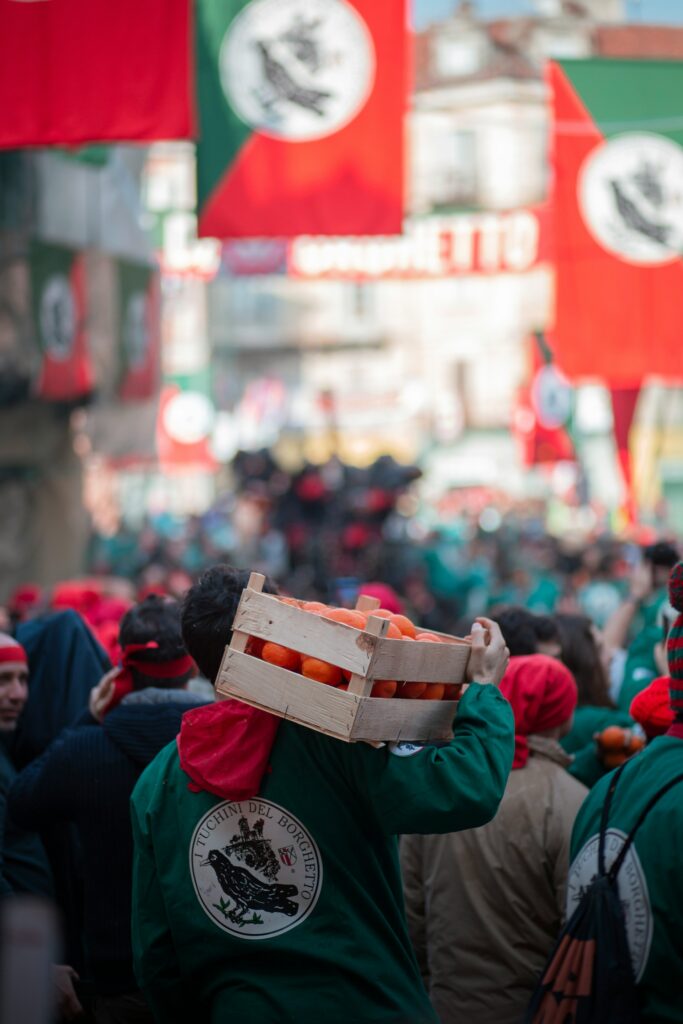
Infiorata, Various Locations Across Italy (June)
Picture entire streets transformed into stunning carpets of flower petals, and you’ve got Infiorata. While several Italian towns host their own version, Noto in Sicily and Spello in Umbria are particularly famous for their intricate designs. Local artists work through the night to create these masterpieces, only for them to be walked on (ceremoniously, of course) the very next day.
The tradition dates back to the 13th century, and each town has its own unique style – Noto tends toward baroque-inspired designs, while Spello often creates amazing religious scenes. The best time to see the artworks is early morning, just as the artists are finishing up and the rising sun illuminates their creations.
Estate Romana, Rome (June-October)
Rome’s summer festival transforms the Eternal City into an open-air cultural paradise. The banks of the Tiber come alive with pop-up cinemas, art installations, and food festivals, while the Romans themselves emerge in full force for evening passeggiata.
The festival spreads across the entire city, with events happening everywhere from the central Circus Maximus to hidden neighbourhood piazzas. Keep an eye out for the outdoor jazz concerts in the Roman Forum – there’s something utterly magical about hearing smooth saxophone notes floating over ancient ruins at sunset.
IDEAL Tip: Take the train from Rome to Naples to continue your festival journey south – you’ll find the journey takes just over an hour, and you can catch Pizza Village if you time it right.
Naples Pizza Village (June)
For ten days in mid-June, Naples’ waterfront transforms into a pizza lover’s paradise (I mean, it kinda already is, right?), with hundreds of pizzaioli showing off their skills. It’s basically heaven for anyone who’s ever debated the merits of Neapolitan vs Roman pizza. Spoiler: in Naples, there’s only one correct answer.
The festival features fierce competition between Naples’ most renowned pizzerias, with each trying to outdo the others in both traditional and creative categories. Don’t miss the speed competitions, where master pizzaioli compete to make the perfect margherita in under 90 seconds – it’s an art form in itself, with the results arguably tasting even more vital than usual.
The festival has become so popular it’s now expanded internationally, with sister events in London, Milan and Saudi Arabia – though pizza purists insist nothing quite matches the atmosphere of the Naples original. They’re right, you know…
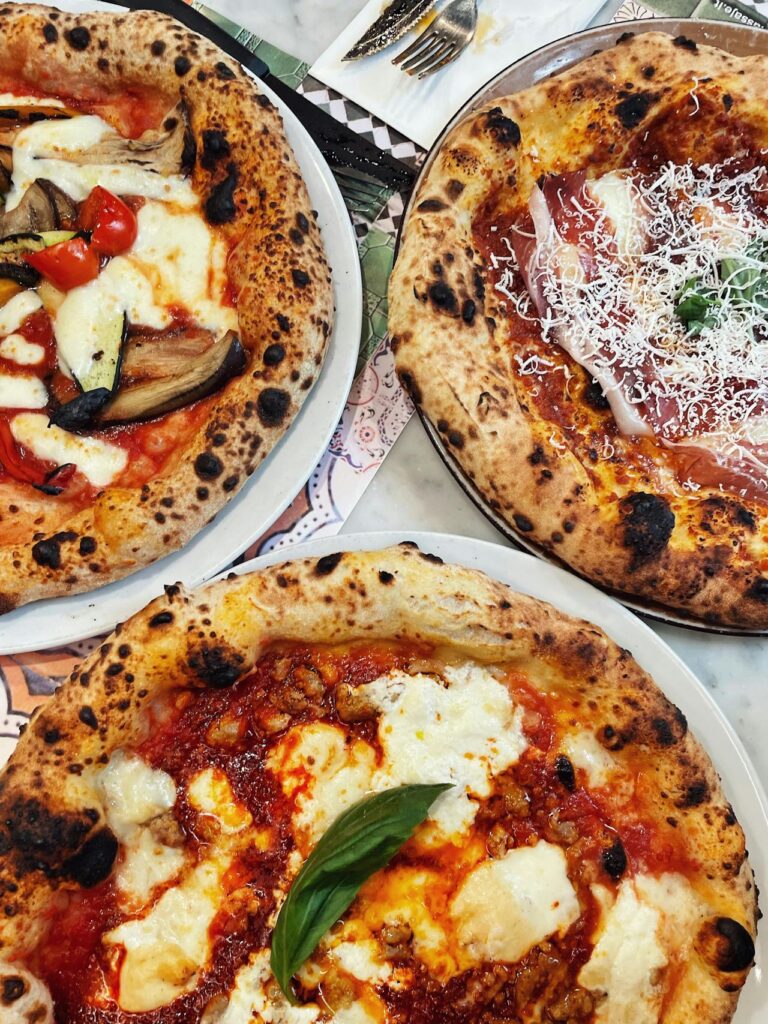
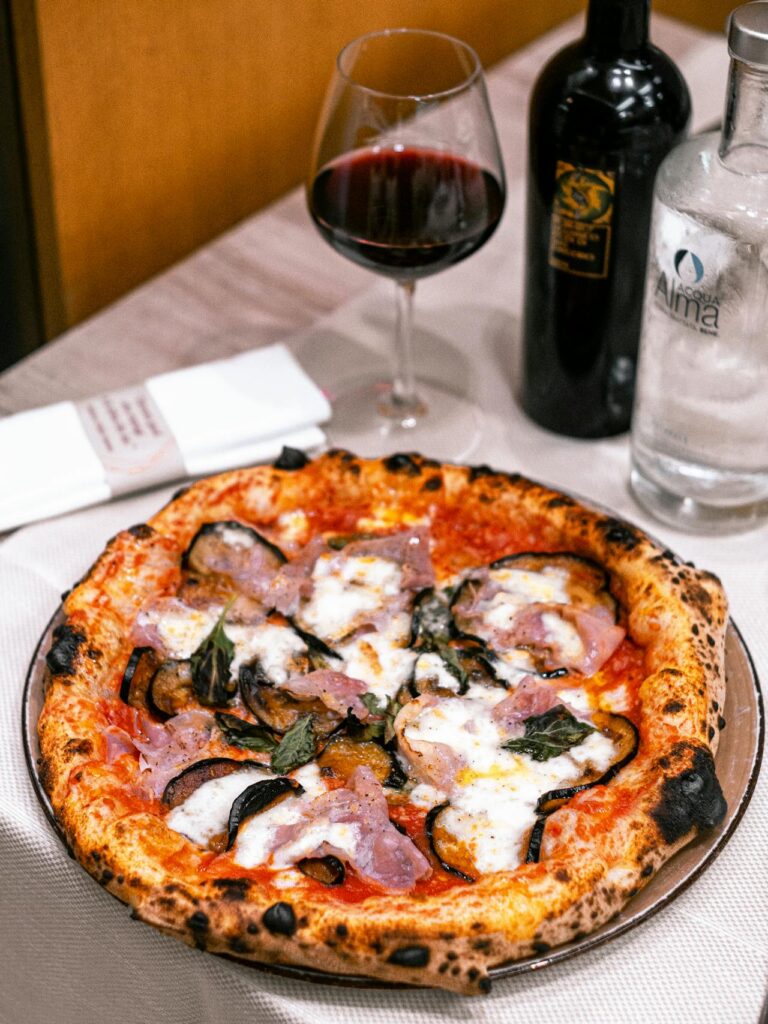
Calcio Storico, Florence (June)
Imagine rugby, wrestling, and historical re-enactment had a rather aggressive baby, and you’ve got Calcio Storico. This brutally beautiful sporting tradition sees four teams from Florence’s historical quarters battle it out in medieval costumes. It’s not for the faint-hearted, but it’s an unforgettable spectacle that brings Florence’s competitive spirit to life.
The matches take place in Piazza Santa Croce, which is transformed into a sand-covered arena just as it was in Renaissance times. The final is always played on June 24th, the feast day of San Giovanni, Florence’s patron saint, and is followed by spectacular fireworks over the Arno River.
IDEAL Tip: After the testosterone-fueled matches, catch your train from Florence to Venice to experience the Festa del Redentore – Venice’s most spectacular summer celebration.
Festa del Redentore, Venice (July)
Venice lights up (quite literally) for this beloved summer festival commemorating the end of the 1577 plague. Held on the third Sunday of July, the highlight is an incredible fireworks display over St Mark’s Basin, with thousands of boats packed into the lagoon for the best views. Locals load their boats with traditional foods and prosecco, creating floating dinner parties that last well into the night.
Even if you’re not lucky enough to score a boat invitation, the atmosphere along the waterfront is electric, and the temporary bridge to Giudecca Island lets you walk across the Giudecca Canal – a rare treat in itself.
Palio di Siena (July & August)
If you thought rush hour was chaotic, wait until you see ten horses and riders tear around Siena’s shell-shaped Piazza del Campo at breakneck speed. This twice-yearly horse (held on July 2nd and August 16th) race isn’t just sport – it’s theatre, tradition and neighbourhood rivalry all rolled into one heart-stopping spectacle. Each rider represents a different contrada (district), and the whole thing lasts about 90 seconds – though the celebrations (or commiserations) go on for days.
The four days leading up to each Palio are almost as exciting as the race itself, with blessing of the horses, elaborate flag-throwing displays, and open-air feasts where entire neighbourhoods gather to eat, drink, and size up their competition.
Feast of San Gennaro, Naples (September)
We’re back in Naples, and this is one for the books – a festival where thousands gather to witness what they believe to be the liquefaction of their patron saint’s blood. Sounds macabre? Perhaps. But it’s one of Italy’s most profound religious celebrations, and the atmosphere in the city is absolutely electric.
The ceremony takes place in Naples’ Cathedral three times a year, but September’s celebration, on the 19th, is the largest, coinciding with a week of processions, feasting, and street parties. Even if you’re not religious, the sight of thousands of Neapolitans collectively holding their breath as they await the miracle is incredibly moving.
Alba White Truffle Festival (October to December)
Autumn in Piedmont means one thing: truffles. The Alba International White Truffle Festival is essentially Glastonbury for foodies, with the prized fungus taking centre stage. Expert truffle hunters and their dogs demonstrate their skills, while restaurants across town create special menus that’ll make your wallet considerably lighter – but trust us, it’s worth every euro.
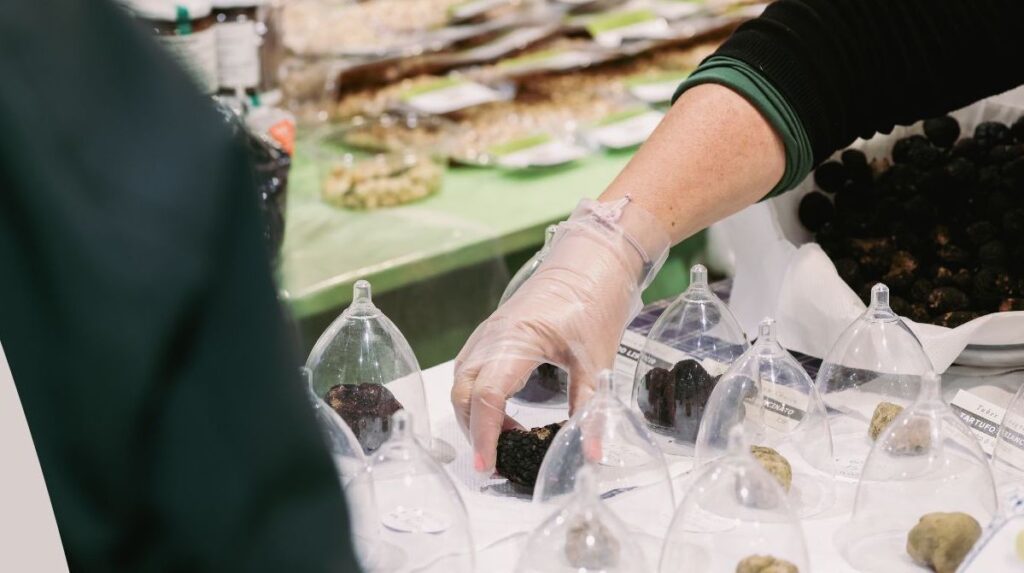
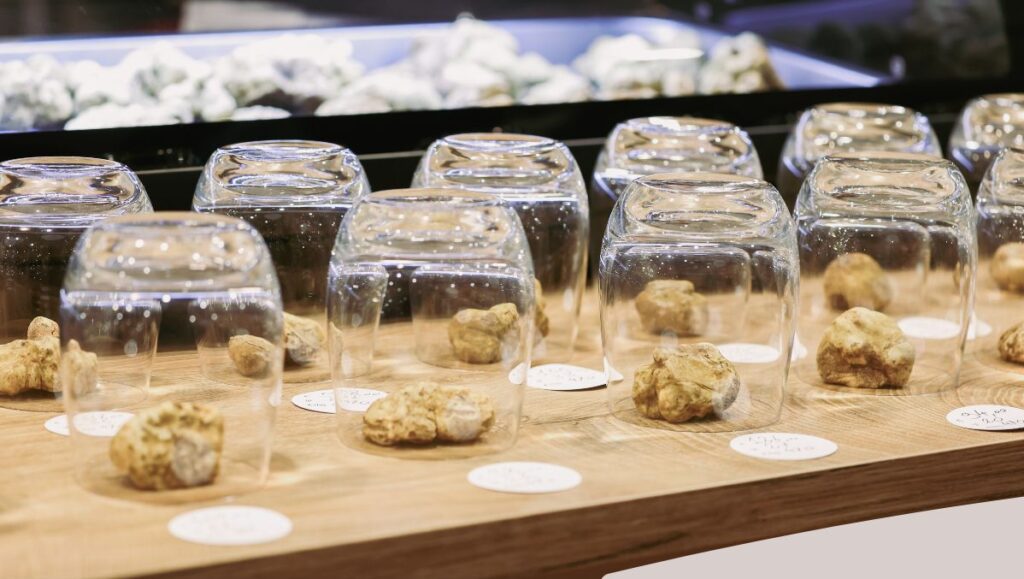
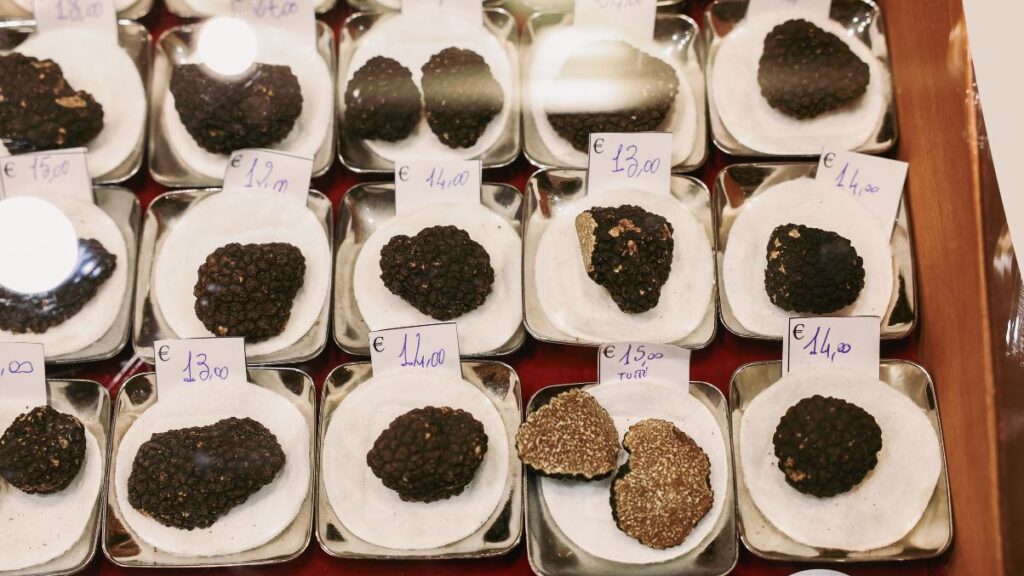
The festival’s market is a sensory overload, with the pungent aroma of fresh truffles filling the medieval streets. Book a spot on a truffle hunt to really appreciate the skill and tradition involved, or join one of the festival’s wine tastings featuring Piedmont’s famous Barolo and Barbaresco.
Eurochocolate, Perugia (November)
Chocoholics, unite! This nine-day celebration – this year held from the 15th to the 24th of November – of all things cocoa transforms Perugia into Italy’s very own chocolate factory. Expect cooking demonstrations, chocolate sculptures, and enough free samples to put your sweet tooth into overdrive. The festival attracts around a million visitors annually – and we can absolutely see why.
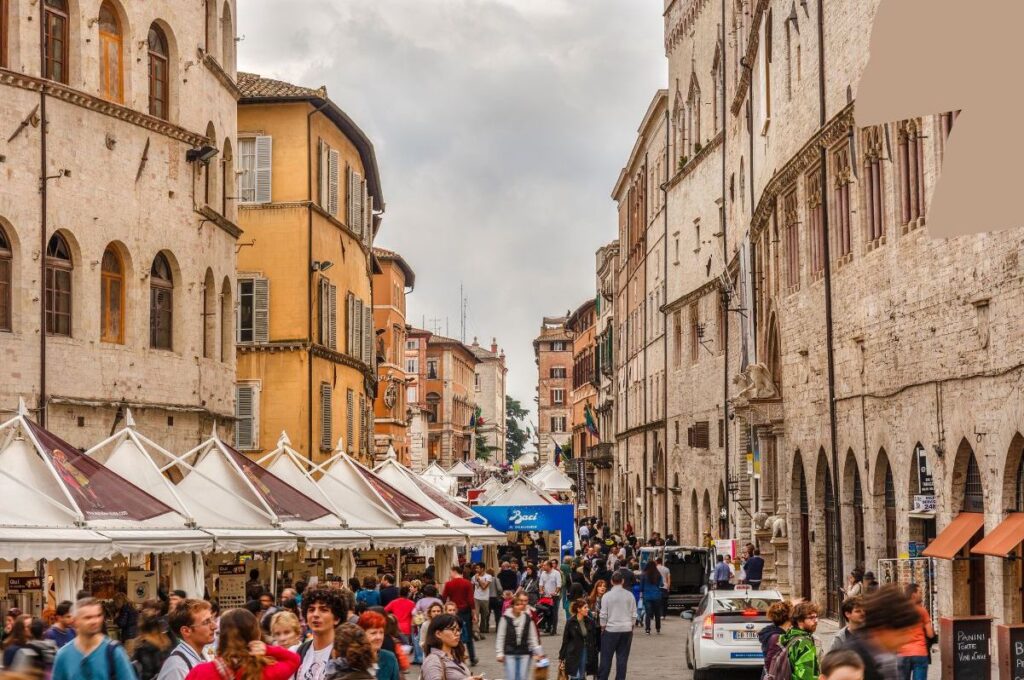
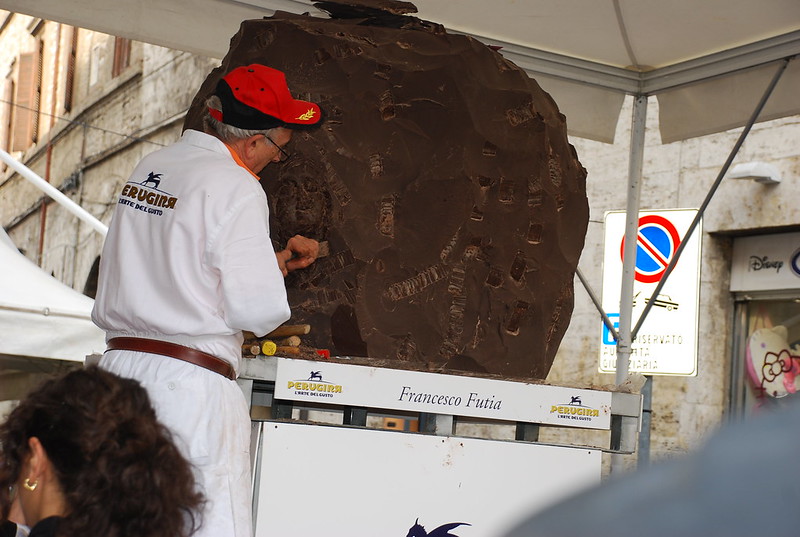

Don’t miss the chocolate-making workshops where you can learn from master chocolatiers, or the evening chocolate and wine pairings featuring local Umbrian wines. There are even chocolate cocktails. For the truly dedicated, there’s even a chocolate spa treatment available at some local hotels!
The Bottom Line
Remember, these festivals aren’t just photo opportunities – they’re centuries-old traditions that locals take immense pride in. Approach each one with respect, curiosity, and a healthy appetite for both food and culture, and you’ll discover an Italy that goes way beyond the guidebook.





